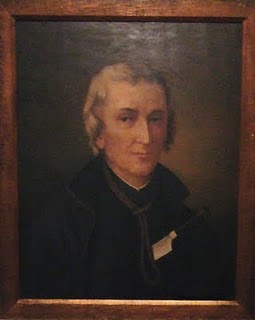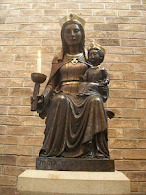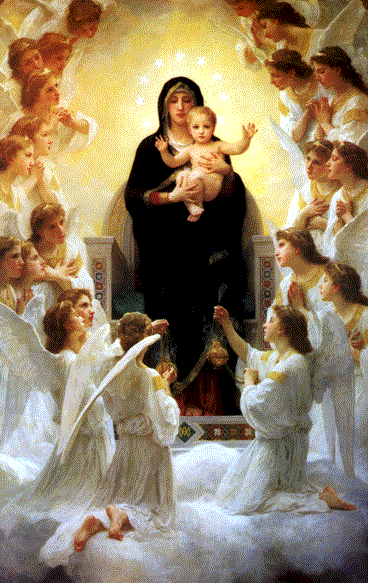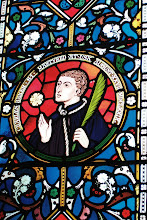St Thomas Becket, whose feast is kept today, 29th December, was the son of a wealthy Norman merchant. Thomas was born in London in 1118. He became acquainted with the young King, Henry II, and the two became close friends.
Henry appointed Thomas Chancellor. Upon the death of Theobald, Archbishop of Canterbury in 1161, the King, against Becket’s wishes, appointed him Archbishop of Canterbury. If the King’s plan was to have a “yes man” in Canterbury, he was sadly mistaken. Thomas was genuinely devout and, knowing the King’s mind, warned him; “I know your plans for the Church and that you will put forth claims which I, as Archbishop of Canterbury, must necessarily oppose”.
To be free of all civil ties, Thomas displeased the King by insisting on resigning his Chancellorship. This led to open hostility between the former friends, King Henry and Thomas. Because of the Archbishop’s continued resistance to the “Constitutions of Clarendon”, the King set in motion a policy of financial persecution, imposing upon the See of Canterbury huge monetary fines. Knowing he was in grave danger, the Archbishop fled to France. The King confiscated all of Thomas’ property and persecuted and exiled his family and friends.
After four years, reconciliation between Monarch and Ecclesiastic seemed to have been achieved and, in 1170, Thomas returned to Canterbury. It wasn’t very long before Thomas realised that he was in mortal danger. The exact words of an exasperated King Henry are not really known but, Shakespeare has made popular the line “Who will rid me of this turbulent priest?” Whatever the wording, four of Henry’s knights, probably to gain favour with the King, immediately rushed off to England to kill Becket. They found him in the Cathedral and being unable to drag him outside, struck him at the foot of the altar steps. When they had murdered him, they rode away. The four knights who slew Thomas Becket were Reginald FitzUrs, William de Tracy, Richard le Breton and Hugh de Moreville.
Shock and outrage was the immediate and almost universal reaction to the atrocity. Within two years Thomas Becket was canonised by Pope Alexander III. The martyr’s shrine became a place of popular pilgrimage. In 1538, on the orders of King Henry VIII, the shrine was destroyed and the Saint’s relics scattered. Today, a simple candle marks the place where it once stood. A modern memorial, two jagged swords and a broken sword, at the place where Thomas Becket was slain marks his martyrdom. And the pilgrims still come in droves!
"For the name of Jesus and the defence of the Church I am willing to die." (St Thomas Becket)

(This is a picture of Christchurch Gate, the main entrance to the Cathedral Precincts.)








.JPG)

.JPG)



.JPG)

I find it a little odd that such a great martyr doesn't have a better memorial shrine. At least the pilgrims still come! Thanks for the story.
ReplyDeleteHello Shirley
ReplyDeleteThere are stained glass windows and various other memorials in honour of St Thomas Becket in Canterbury Cathedral. Also, as far as I know, there is an annual procession to the actual site of his martyrdom in the Cathedral. So, I don't think the Saint is forgotten or not reverenced in the Cathedral. You can probably Google Canterbury Cathedral and see pictures of the windows, shrine, etc. Thanks for your interest. God bless you.
The parish priests of various Catholic churches , whose patron is St Thomas of Canterbury, in Southwark, concelebrate Mass in Canterbury cathedral by permission of the Dean, every year on the Feast of the Translation of St. Thomas, 7th July. After Mass there is a procession to the place of Martyrdom.
ReplyDeleteGood Morning E F
ReplyDeleteThank you for that information. I thought there was an annual procession in the Cathedral but I wasn't absolutely certain. You have cleared that up for me, and hopefully, for Shirley, too. How's it going in North Wales, or are you home again? God bless you.